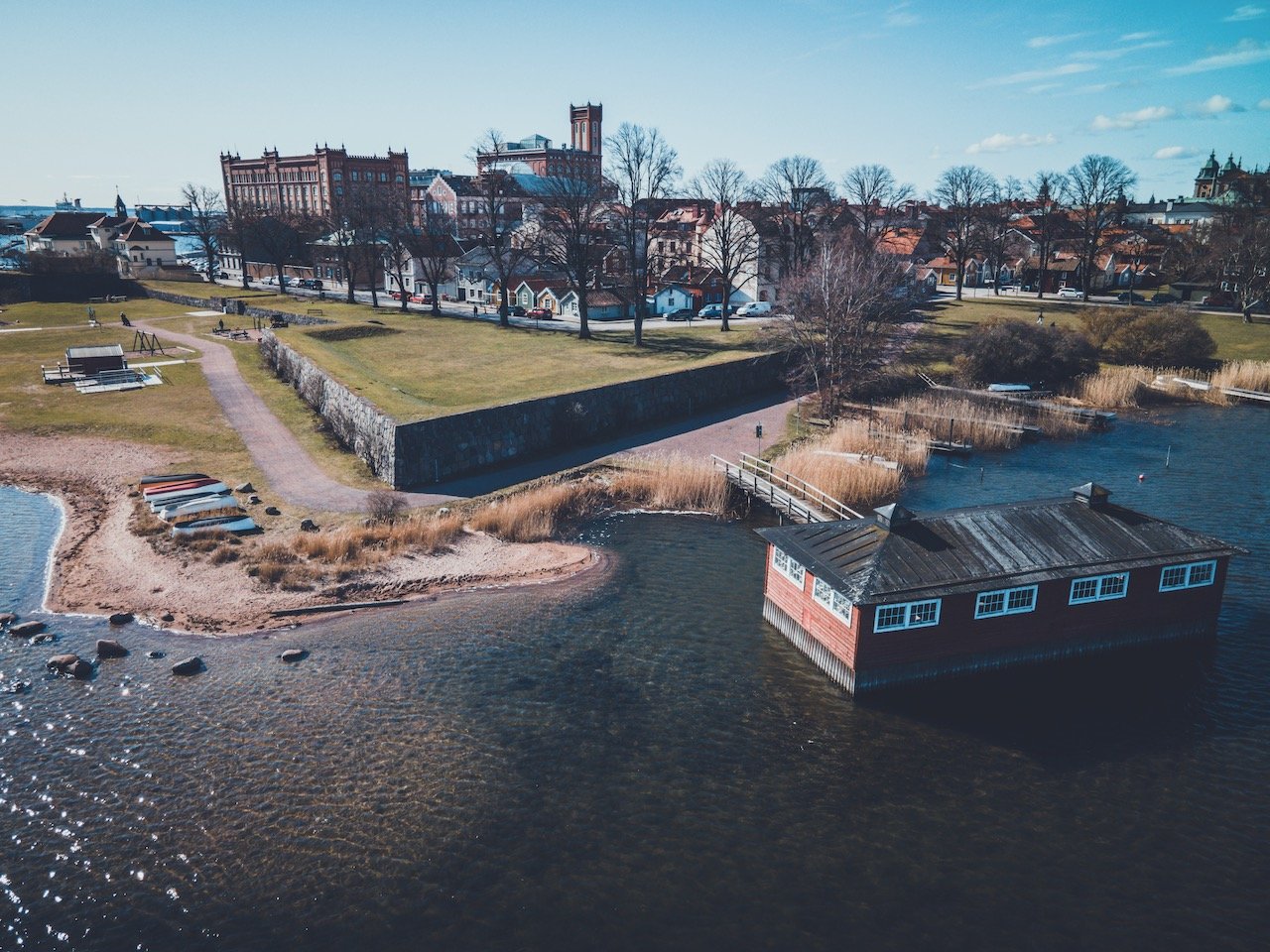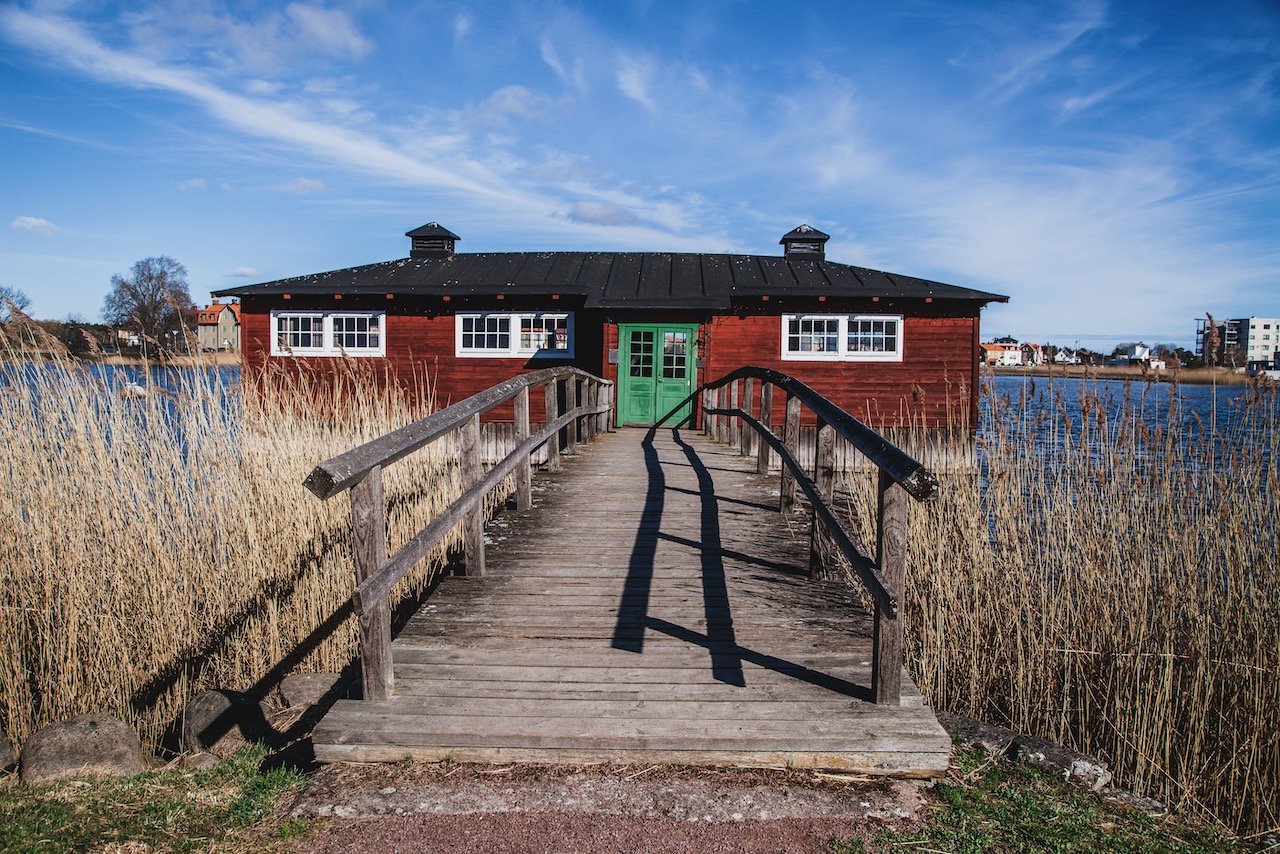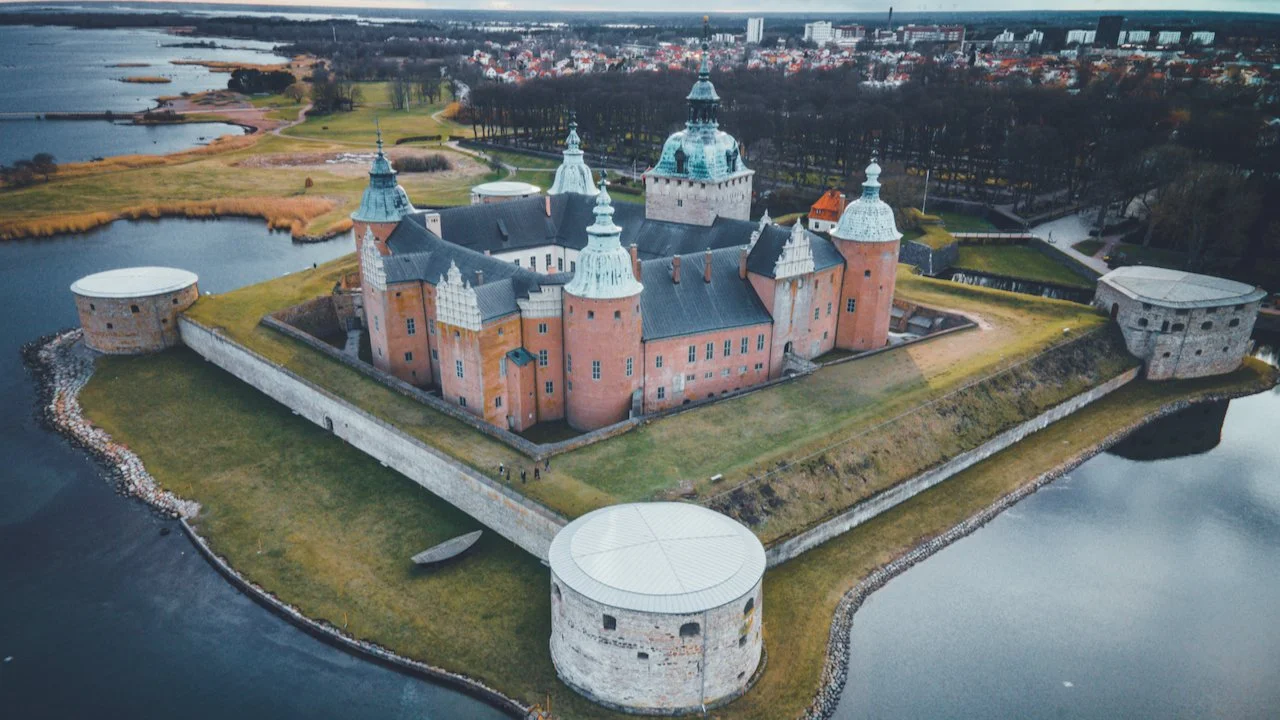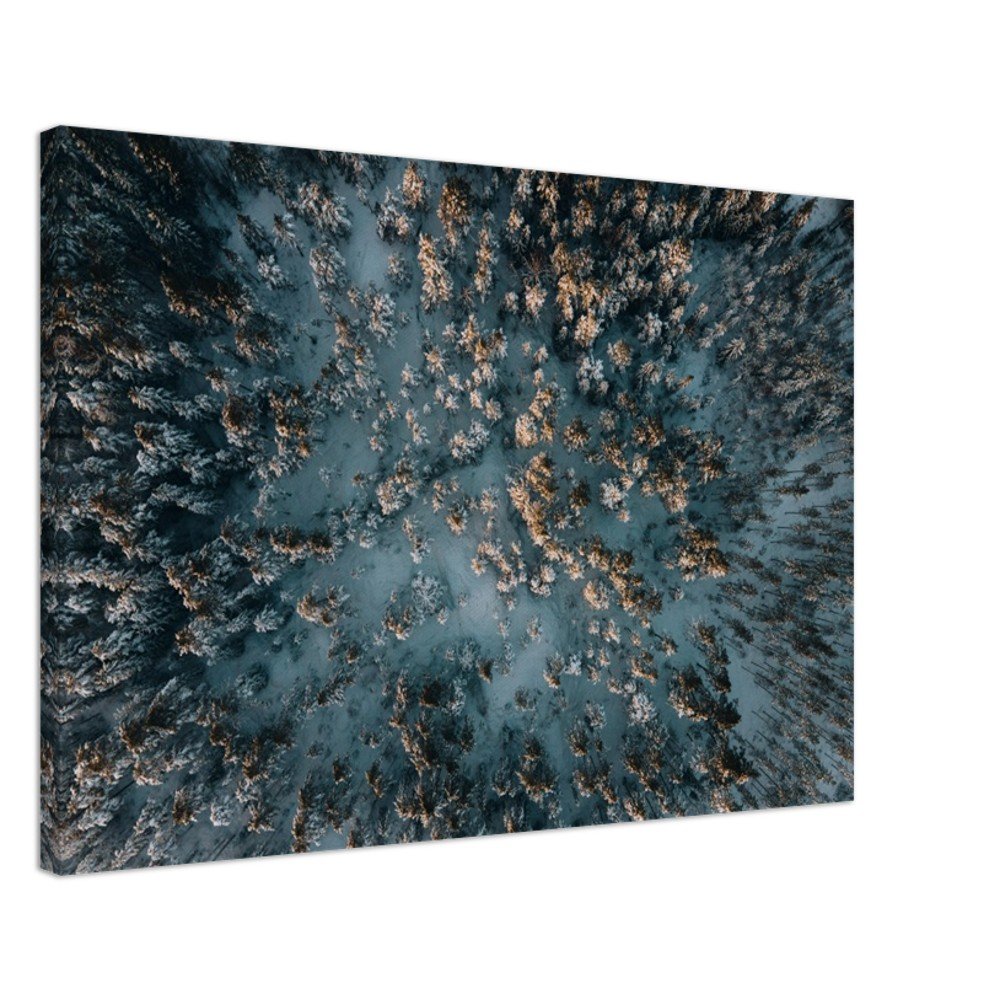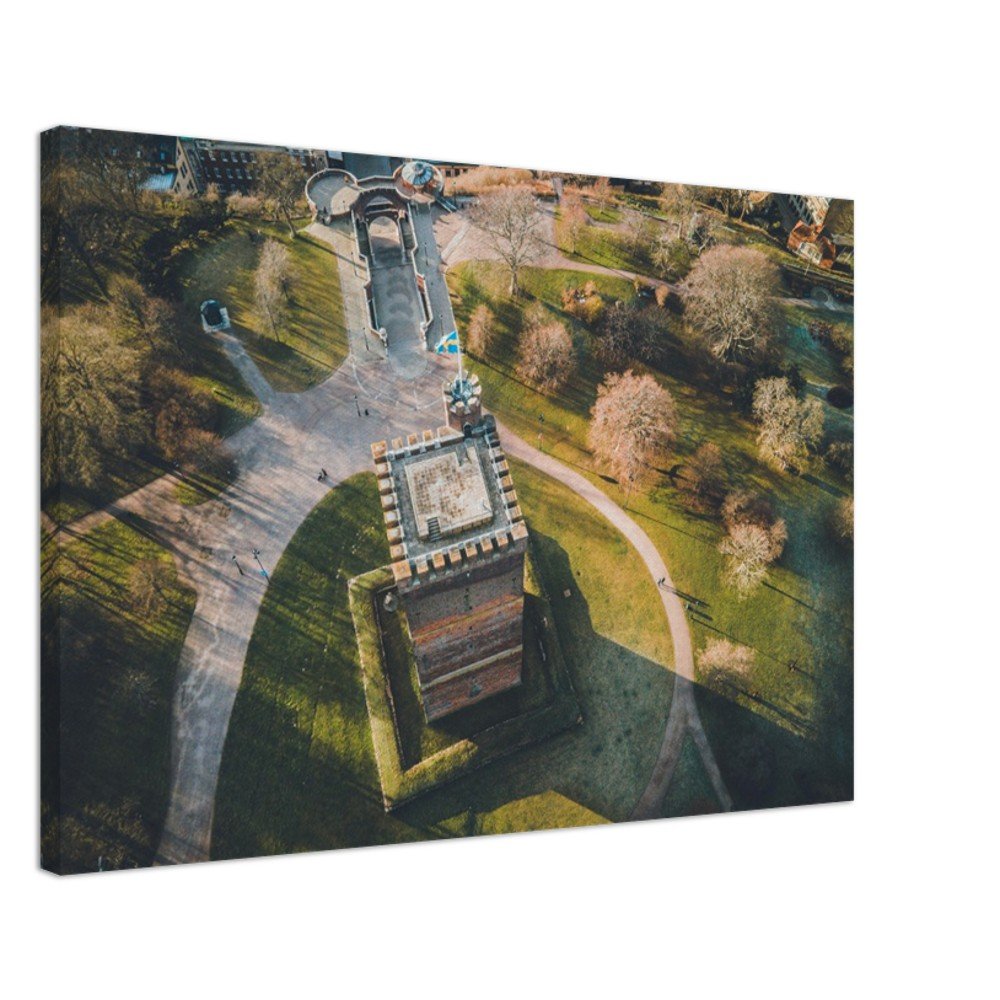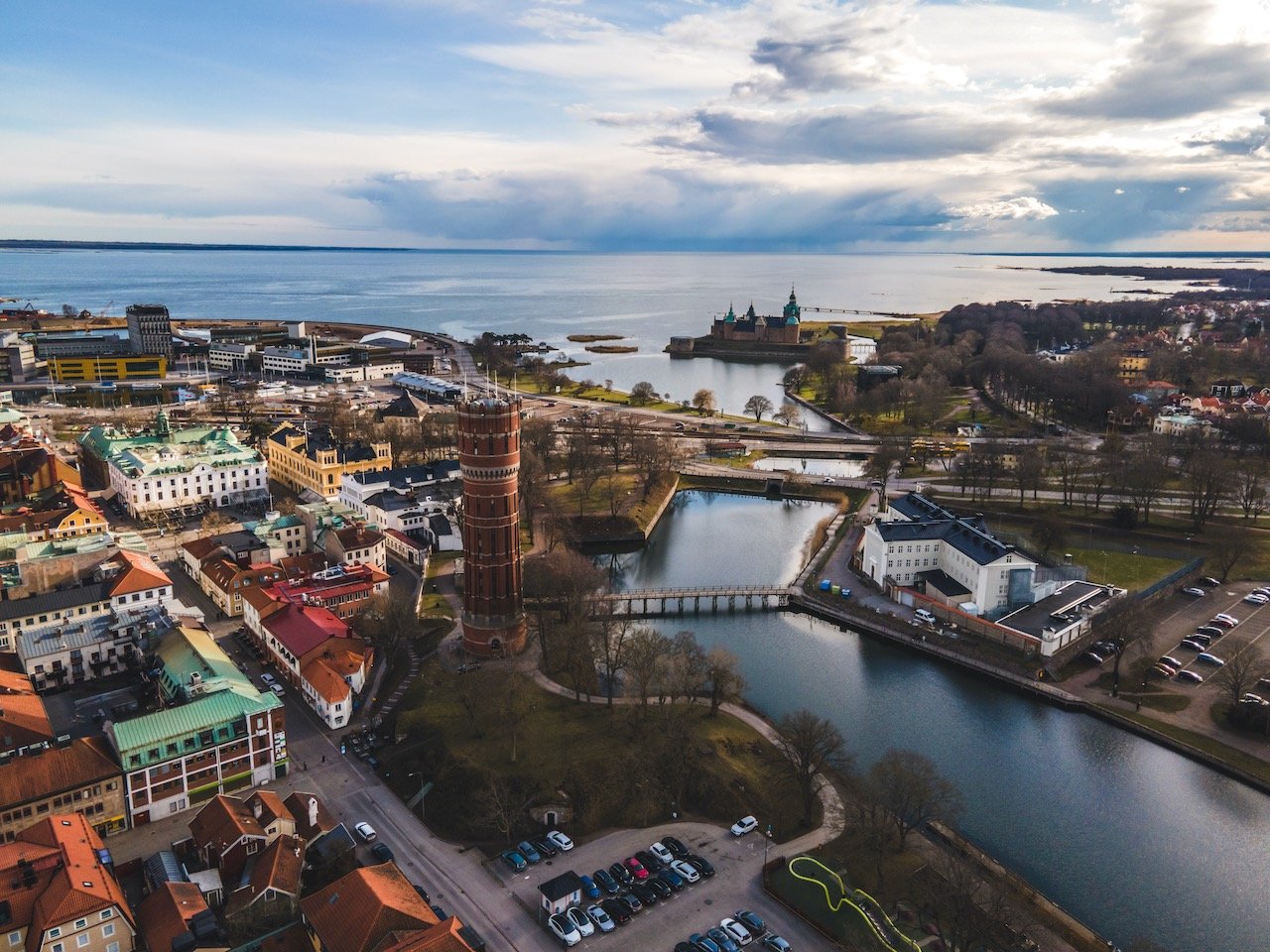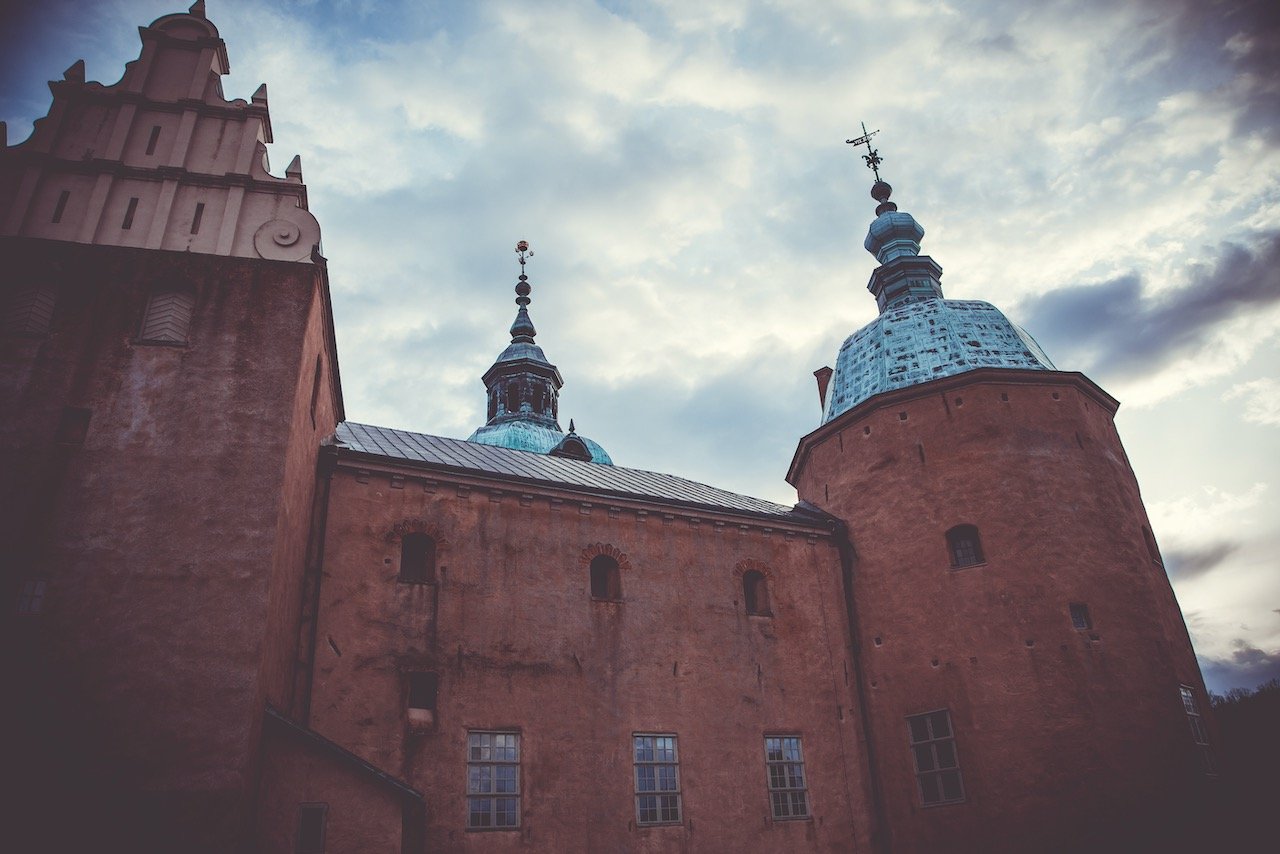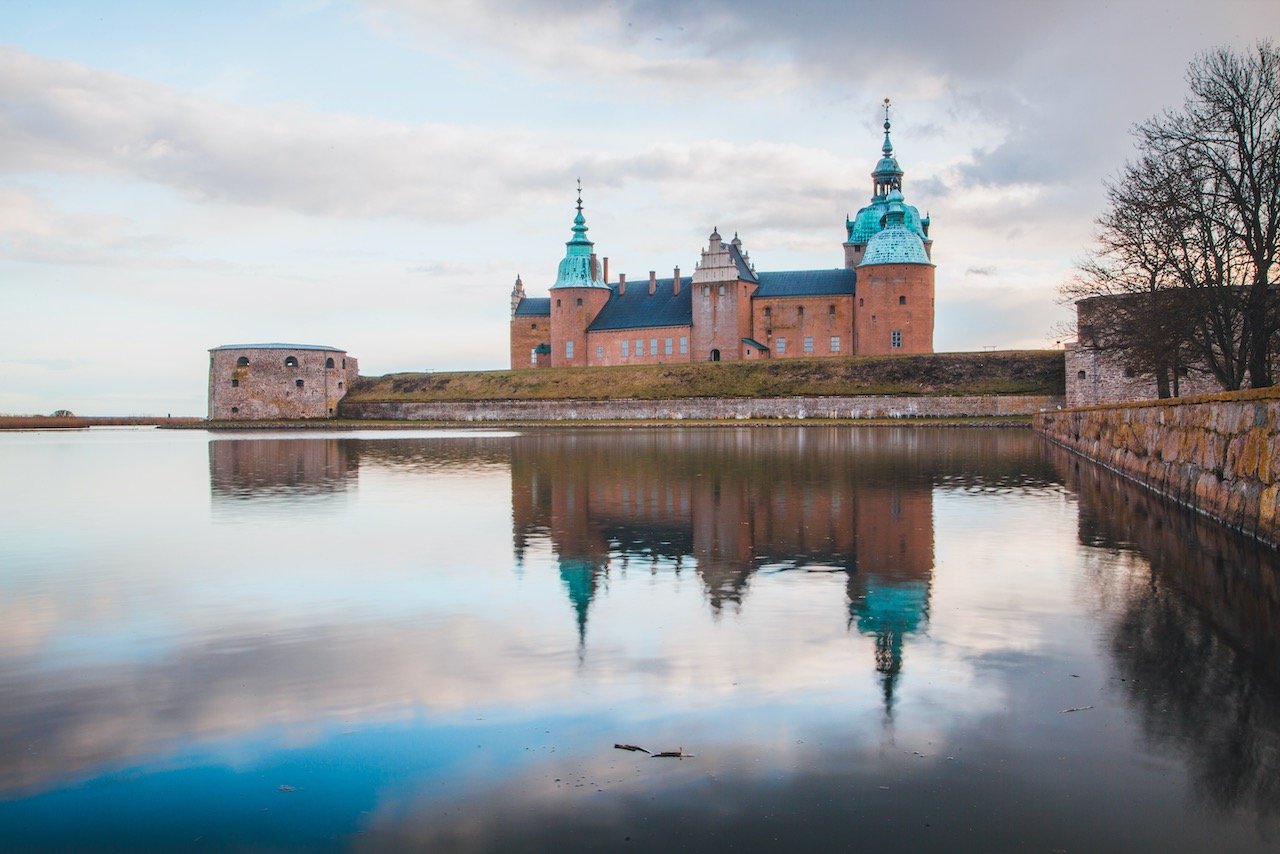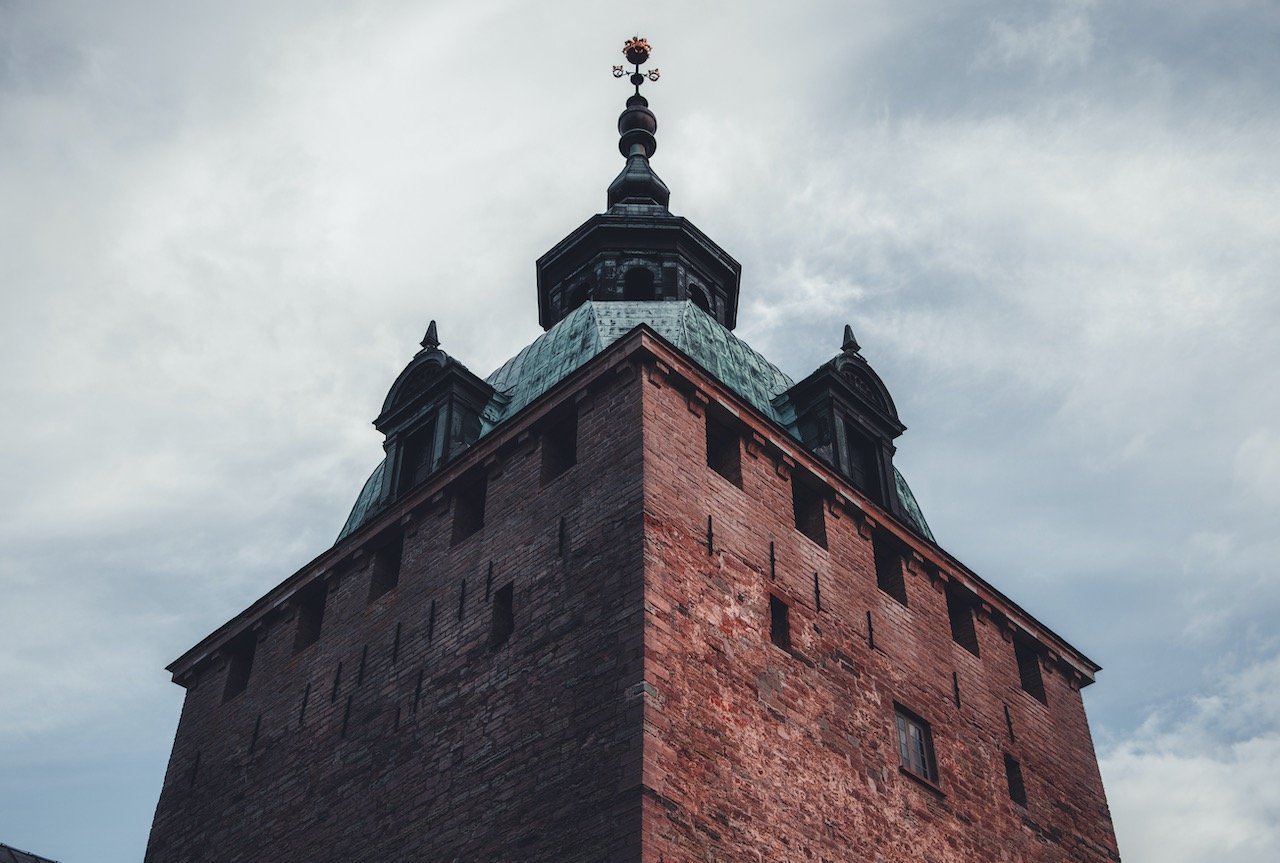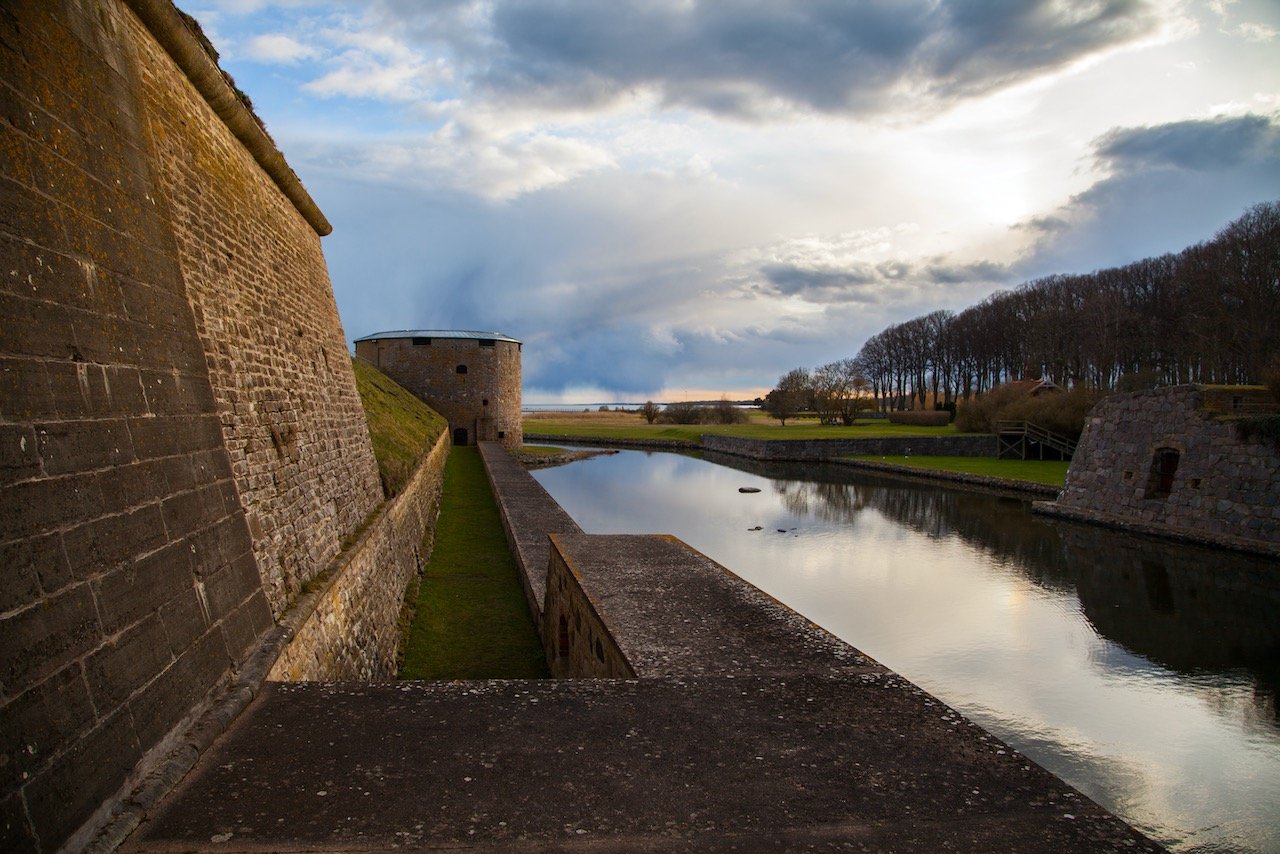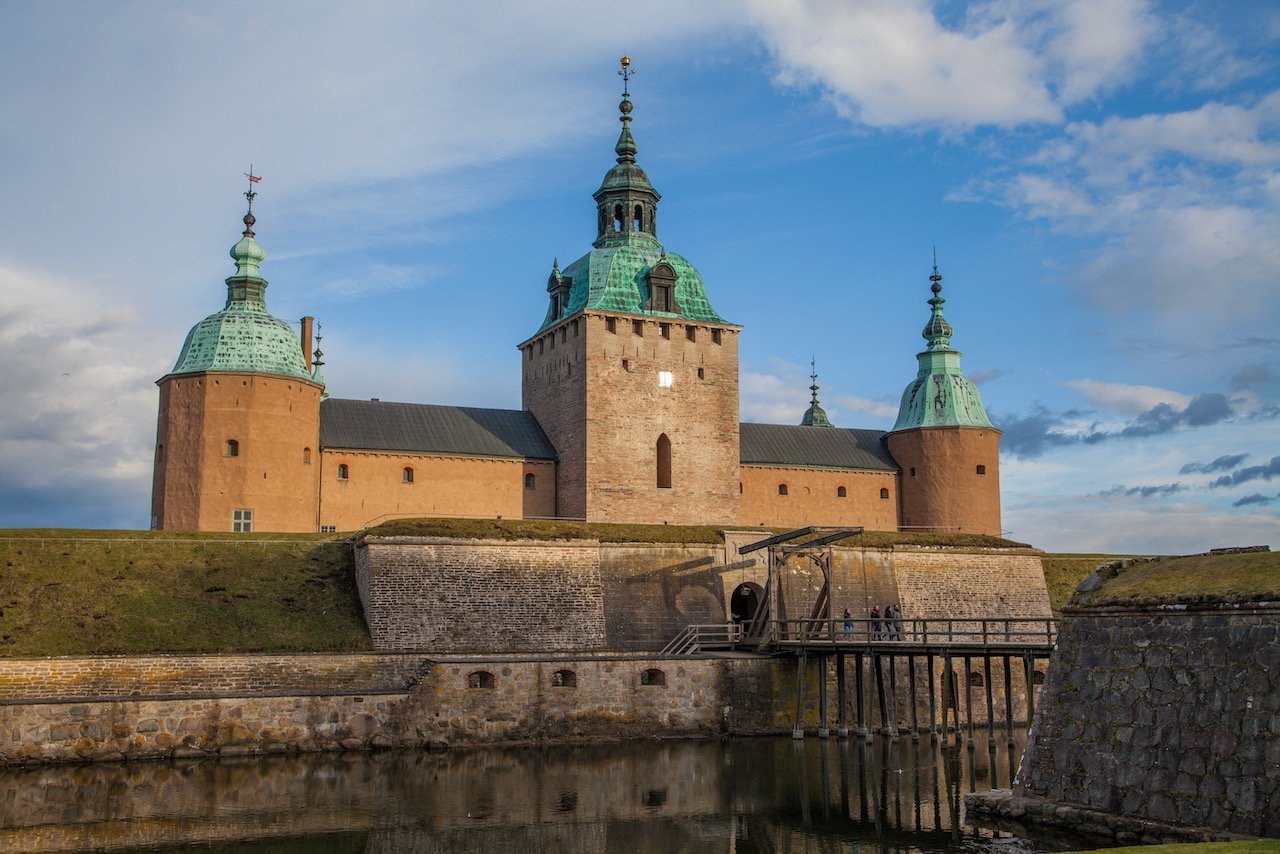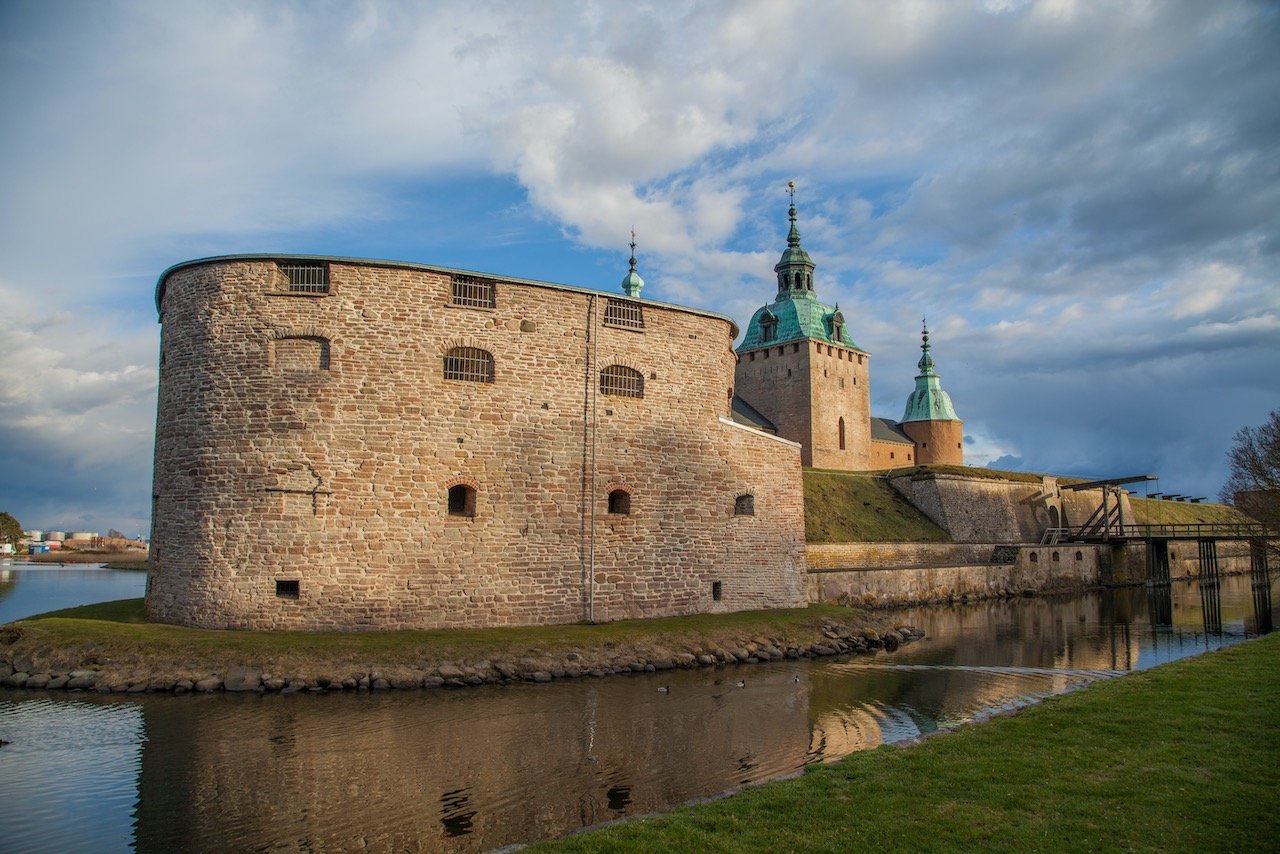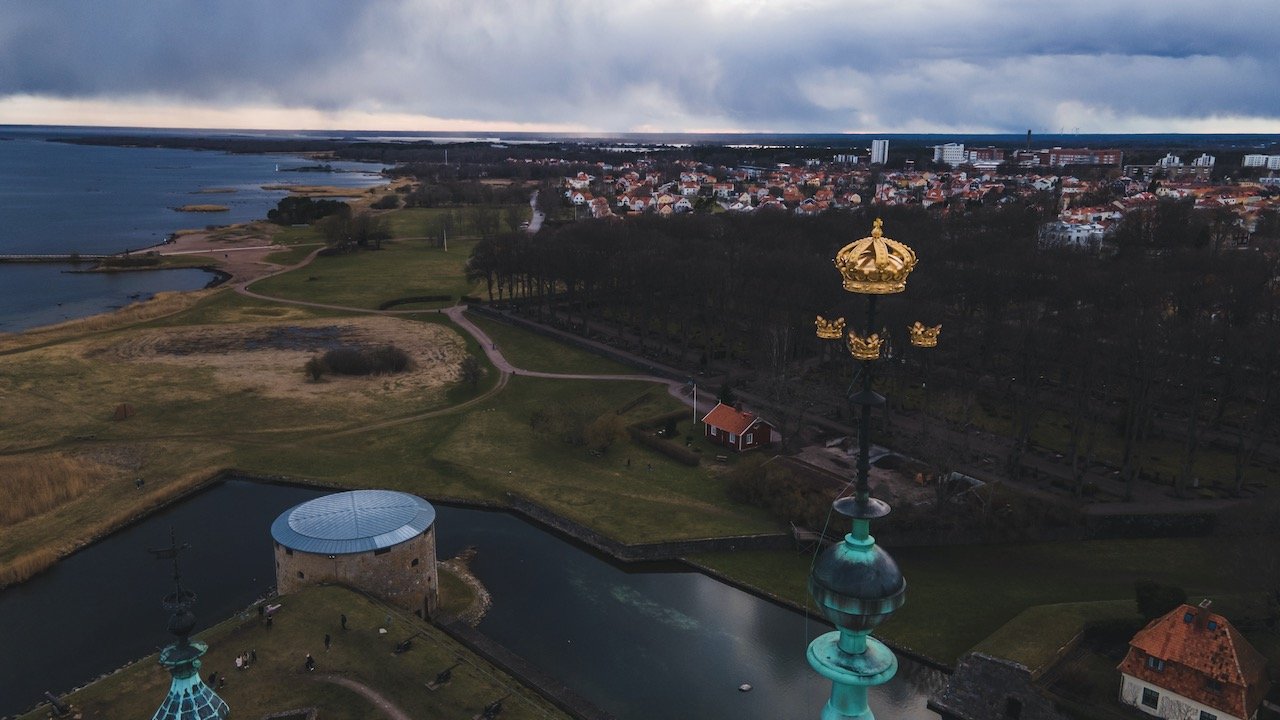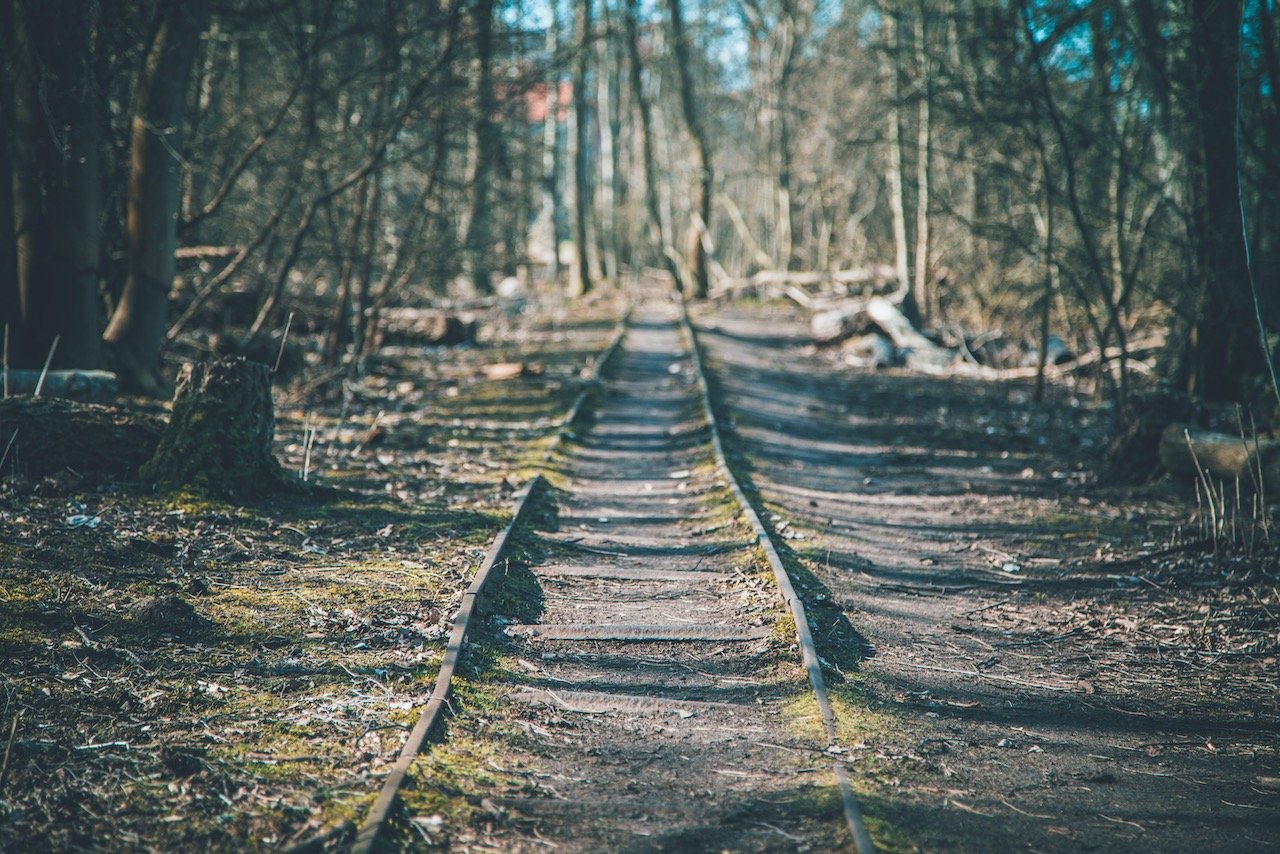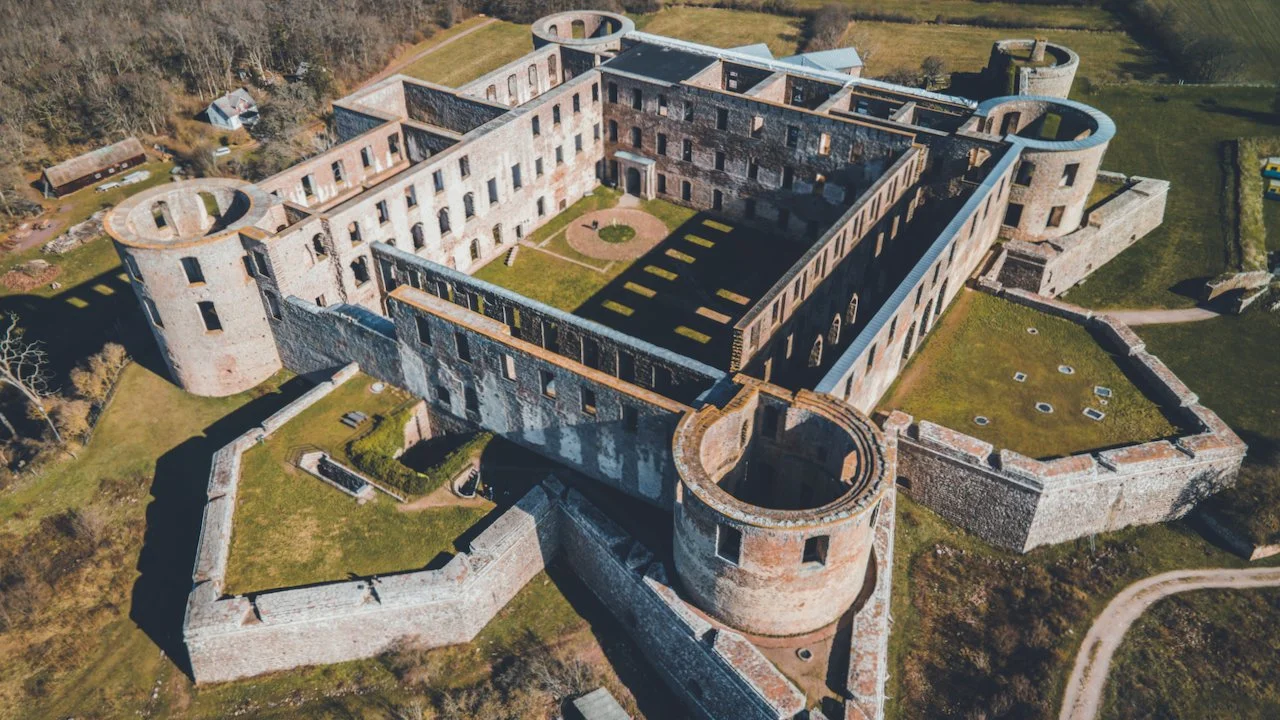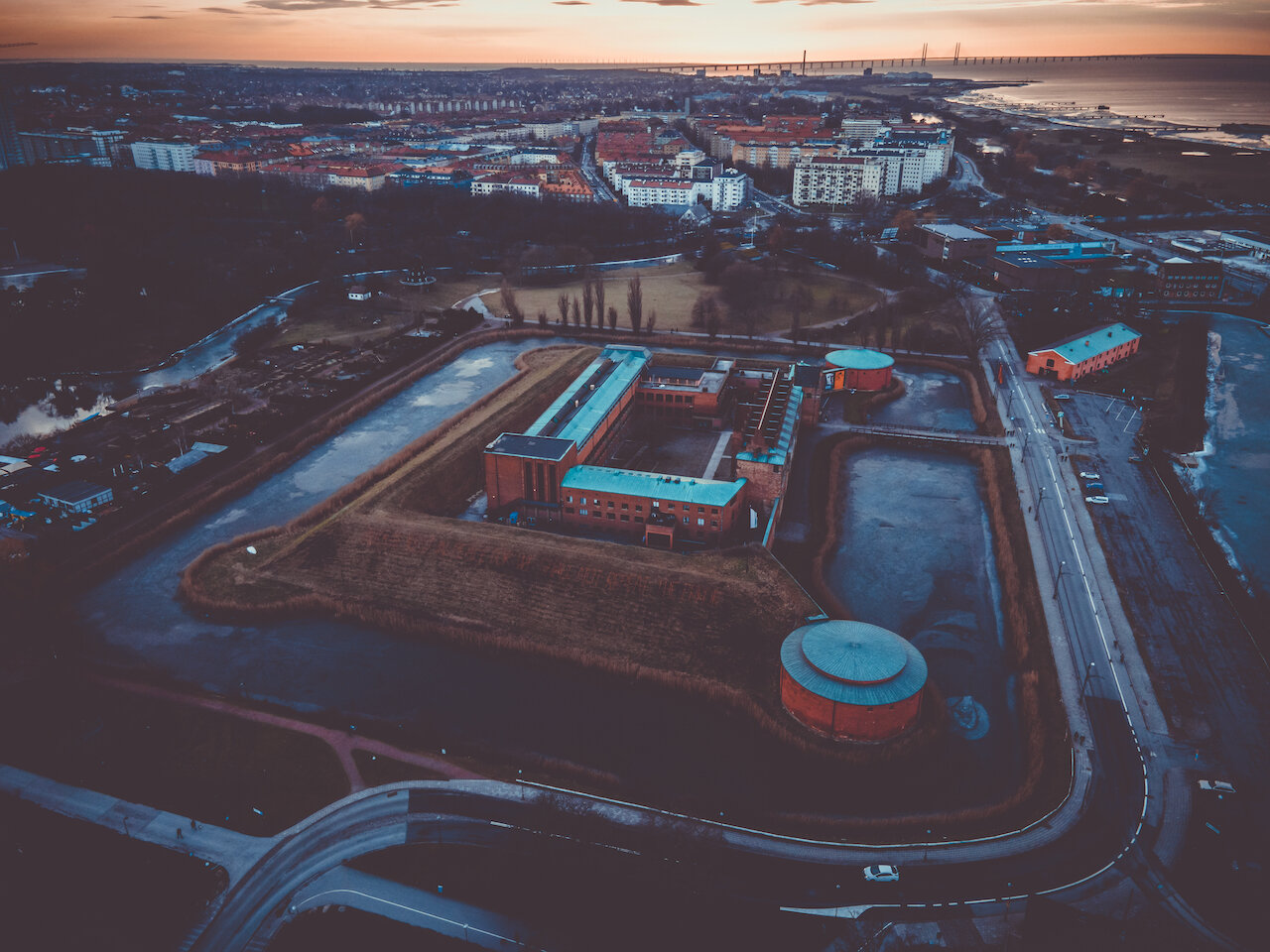Kalmar: The town you should know more about in Sweden
(Some links in this post are affiliate links. If you click through and take action, I'll be compensated.) If you are also interested in any PRINTS from any of my posts, be sure to check out my store where you can buy prints as posters, in metal/wooden frames or on canvas.
Kalmar is located in the Southeast corner of Sweden and sits on the Baltic Sea. As the 30th largest city in Sweden, you may not understand why there is a draw to go there. This small town is really defined by its collection of 17th and 18th century buildings still standing and for its castle that served it well during the Scanian War. Currently, the city has been instrumental in its drive to remove its dependence on fossil fuels by initiating a variety of reform programs.
The Kalmar experience isn’t just confined to the city itself, but the neighboring island of Öland as well. Furthermore, the Swedish island of Gotland is also nearby, a popular jaunt of Swedes during the warm spring and summer months.
Getting to Kalmar is easy: you can hop on the SJ train from Stockholm Central Station and get to Kalmar in 4.5 hours (usually with just 1 change). I turned my attention to Kalmar after visiting some of the most populous Swedish cities (Stockholm, Gothenburg, Malmö, Uppsala, Helsingborg, and Lund) because I had heard only good things about it and I also figured ‘Why not?!’. My journey there was over an Easter break at the beginning of April, right when the weather started to turn warmer and the days longer.
Check out my drone video of Kalmar, Sweden below!
If you’d like a bit more information about some of the other Swedish cities I have seen, check out my blog posts below:
Stockholm (Blog Post Title: Why Stockholm is the best Scandinavian capital)
Stockholm Tunnelbana (Blog Post Title: The World’s Longest Art Gallery - Riding on the Stockholm Tunnelbana)
Gothenburg (Göteborg) (Blog Post Title: A Tour of Gothenburg: Sweden's 2nd Largest City)
Uppsala (Blog Post: Uppsala: the hidden gem just North of Stockholm)
Helsingborg (Blog Post: Just a few reasons to see Helsingborg in the South of Sweden)
Malmö (Blog Post: Take a weekend break in Malmö, Sweden)
Lund (Blog Post: A Day tour of the university town of Lund)
Öland (Blog Post: A Day Tour of the Swedish island of Öland)
Marstrand (Blog Post: A day trip to the Swedish island of Marstrand)
Swedish Castles (Blog Post: A Tour of Sweden’s Coolest Castles)
Fårö (Blog Post: A Guide to the Swedish Island of Fårö)
Visby (Blog Post: A Closer Look at the Hanseatic Town of Visby)
Gotland (Blog Post: A Guide to the Swedish Island of Gotland)
What I really enjoyed about Kalmar was how easily walkable it was. There are not many hills around and you can explore it all in a day. The first stop we saw was right next to our hotel in the center at Kalmar Cathedral. I first mistook this as an administrative building but after some digging, it is in fact a place of worship. I really enjoyed the orange/yellow façade standing out against the blue sky.
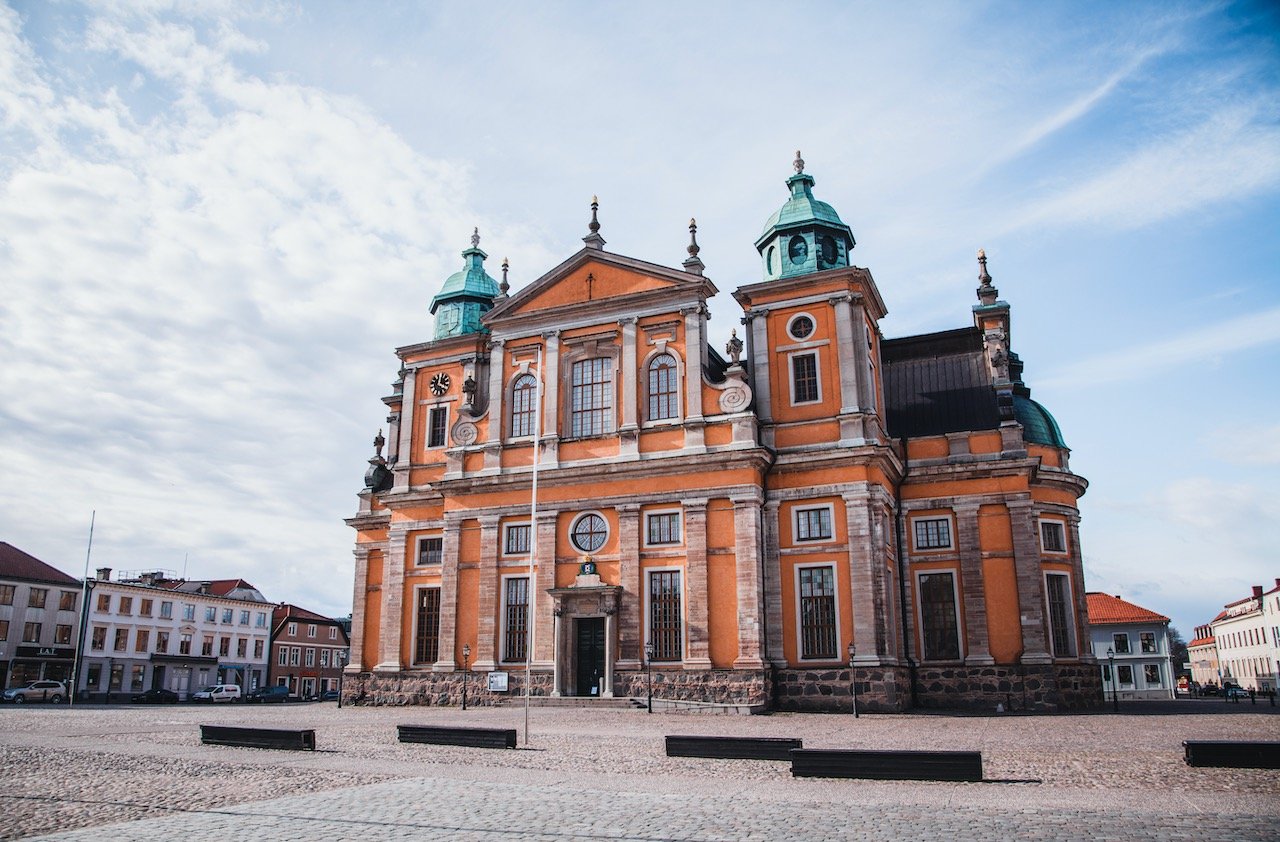
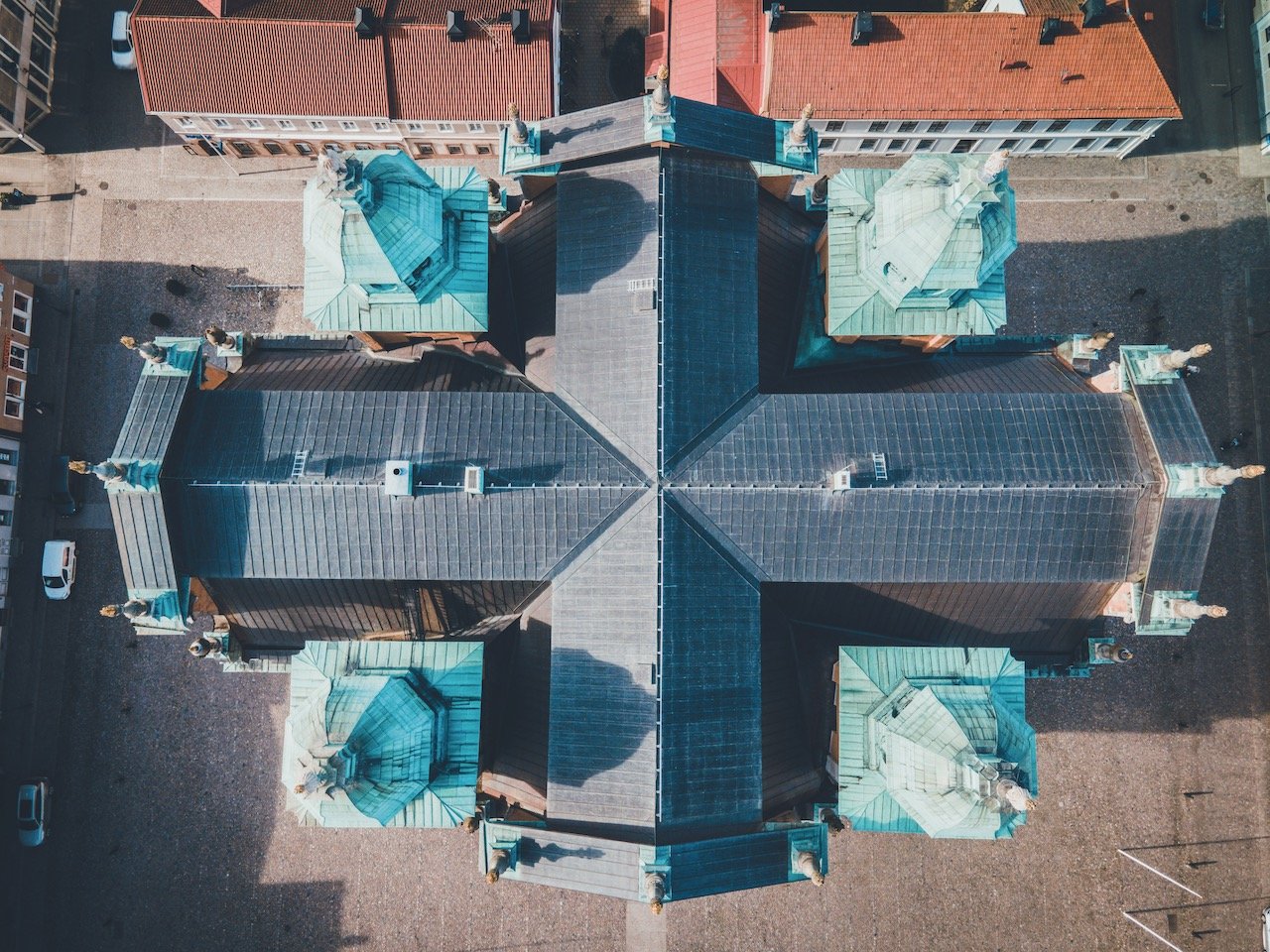
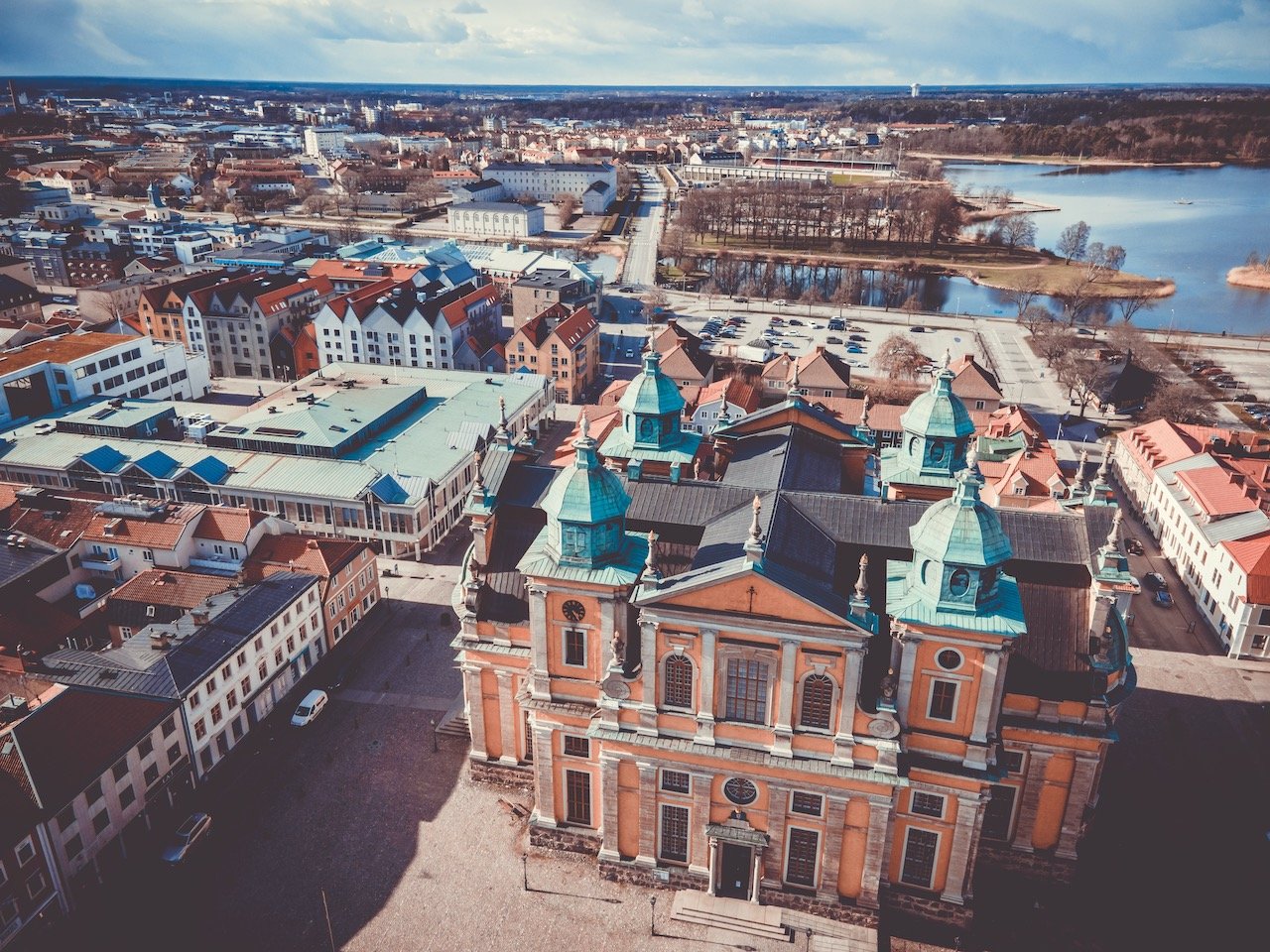
Another part of the city I enjoyed walking along was off the road Södra Kanalgatan. Here you can walk along the waterway that splits Kalmar from the mainland, with some traditional Swedish buildings and intriguing statues on the way.
Making your way West, you will eventually reach the giant water tower that stands over the city. It looks more significant than it is, but even as its name is ‘Vattentorn’, it has no other function.
If you like some of my photos that you have come across, just know that I have many prints showcasing a variety of landscapes, including Sweden, available for purchase below! (Sold as Posters, Canvas, or in Metal-Frames and Wooden-Frames).
Tripp Trapp Trull are the names of three iconic buildings in Kalmar, each one larger than the previous one. They were built in the 17th century and used as workshops. The phrase ‘Tripp Trapp Trull’ in Swedish is used to describe a collection of similar objects, in this case buildings, that increase in size from one another (or any other measurable property). Sounds quite appropriate for these homes.
Making your way to the west of the city, you will eventually find the Kalmar Konstmuseum. This building is situated near the Kalmar Stadspark, which is replete with gardens, fit for an art museum. It bills itself as a ‘contemporary art museum, dedicated to raising questions and finding new perspectives on issues that influence people’s future and challenges that affect the region.’ Here you can check out works from a variety of different artists and the museum even has a nice outdoor patio to take advantage of in the warmer months.
Having lived in Uppsala during my time in Sweden, I was very fond of Uppsala Castle (and still am). But I must say, when it comes to aesthetics, Kalmar Castle has taken the cake. Surrounded by a moat, replete with cannons and meandering passageways, I found this castle to be exceptional. Its position on the water, juxtaposed to Stadspark is perfect for catching the occasional Swedish sunset.
The history surrounding this castle is vast. Its origins date back 800 years and was where the Kalmar Union was signed in 1397. This union would bind all of Scandinavia under a single monarch, which lasted until 1523. This union was a measured response to the formation of the Hanseatic League, a confederation of guilds and merchant towns in Central Europe. With the election of Gustav Vasa (considered the father of modern Sweden) as king in 1523, Sweden began its secession from the Kalmar Union.
Swedish history fascinates me…
Gamla Torget translates directly to ‘the old square’ and is a common place in most Swedish towns. This one in Kalmar is no different which features old preserved buildings with cobblestoned streets, taking you back a century or two ago. Make sure you take a peak of this area while you’re near the castle.
Sylvanderparken is a nice spot just across the water from Kalmar Konstmuseum that is also perfect for some photographic opportunities of Kalmar castle. Sweden is never wanting for parks and green spaces so you can easily find many of them in every Swedish city. The area just after the park is quite industrial however, so I would not recommend venturing any further South of the park. I don’t feel that it is dangerous, but more that there is really nothing else there to see from that side.
Klapphuset is a historical landmark in Kalmar. Located on the water to the east of the city, it served as a laundry house for families. The alternative to doing this before was to wash clothes in the Kalmarsund, which left women very exposed to the cold water and winds. Therefore this house was built to provide a more convenient environment, than the sea.
